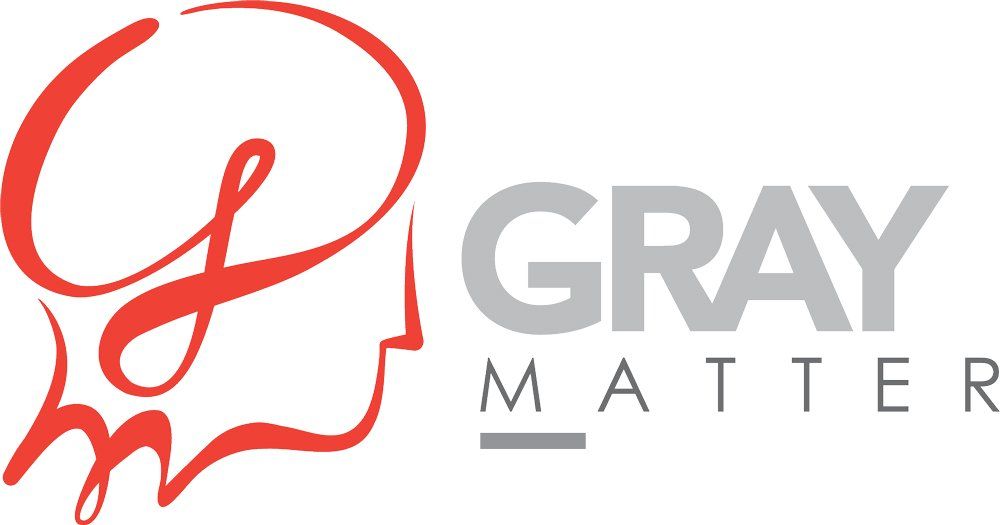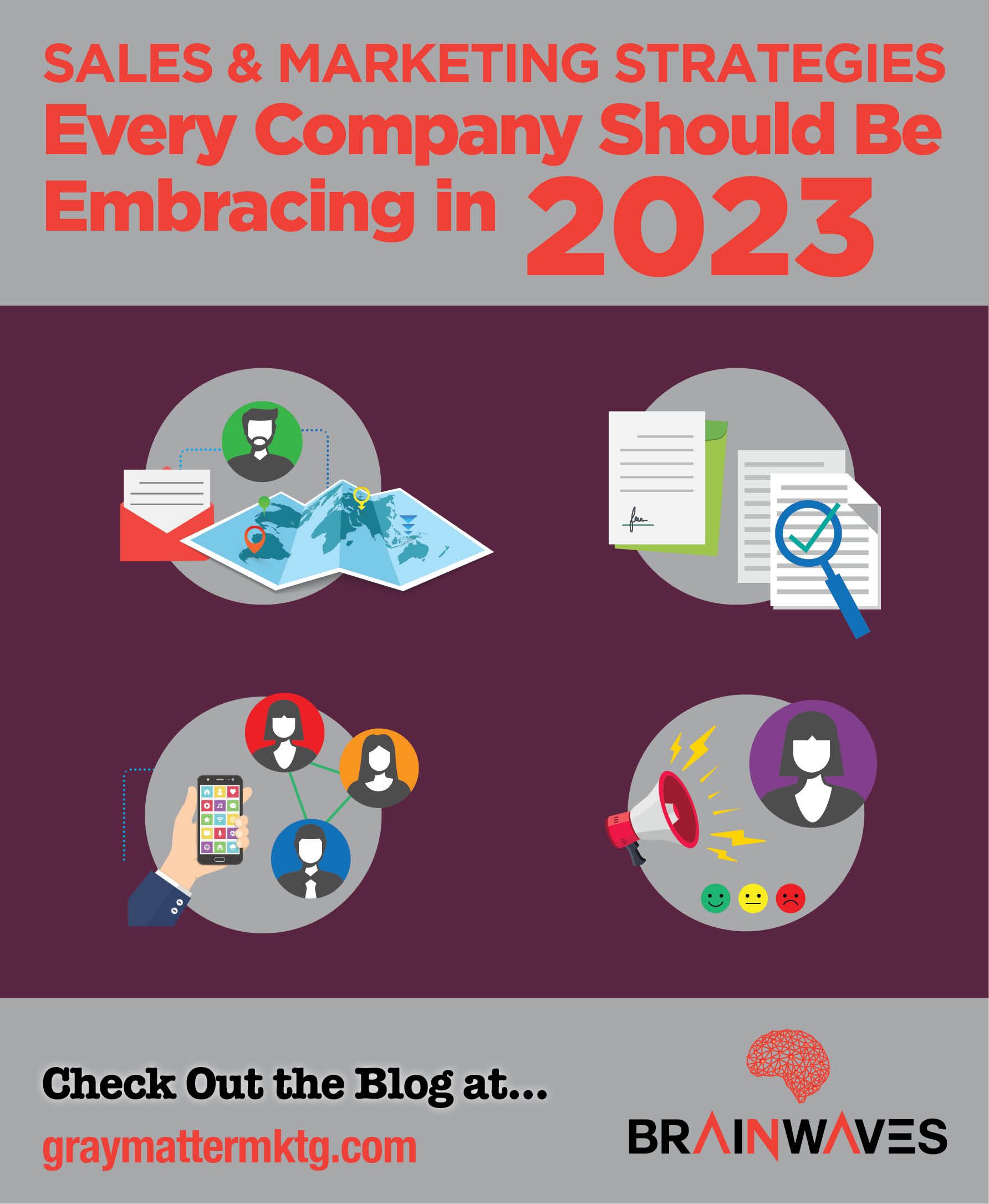
Seven Signs Your Web Content Is Hurting SEO Results
Seven Signs Your Web Content Is Hurting SEO Results (And What to Do About It)
Search engine optimization (SEO) remains an important strategy for generating website traffic and converting visits into business. People still heavily rely on search engines to find the most relevant information and solutions to their problems. It’s estimated that the top three search results garner more than 50% of traffic of all search queries on Google, proving how powerful ranking is.
However, SEO should not be viewed as a mystery that only a few people hold the keys to. Practicing Google’s best practices for content marketing can lead to a positive impact on your ranking for keywords relevant for your industry. If you are not doing it right, it can result in wasted effort and time. Here are seven signs that your web content might be hurting your SEO strategy.
If you have an organic content strategy, it’s important to steadily monitor the volume of traffic coming from search engines month to month. Use Google Analytics to get a detailed breakdown of how and where traffic is coming from. Declining month-to-month traffic may be a cause for worry because of many reasons.
One reason, Google may have penalized (manual and algorithm) your site. Penalties include:
● Plagiarizing content from other websites or having thin/shallow content
● Using black-hat SEO strategies
● Poor site speed
If you’ve been penalized, you will need to investigate your web content strategy. If you are using images that require attribution, you must ensure that it’s done accurately. In your blogs, do not regurgitate generic content from other sites. Ensure that all new content adds value to your target audience.
2. Declining Rankings for Important Keywords
If you drop in ranking for important keywords, your organic traffic will also drop automatically. This could happen because a competitor is now ranking better than you. A penalty might also be the reason. You might need to refresh your content more often. Small fluctuations are to be expected but plummeting is a cause for worry. Get a monthly report so that you can compare results more objectively.
3. Poor Behavioral Metrics
Google Analytics gives a detailed breakdown of how users interact with your website. What’s the average duration of the website? How many page views do you earn per visitor? What’s the bounce rate? A high bounce rate and short average length of sessions are a sign of a poor user experience. Your web content strategy is not doing enough to earn page views and subsequent conversions.
Google pays attention to these metrics and rewards sites that have lower bounce rates and longer sessions with better ranking.
4. Too Many Poor-Quality Backlinks
You can use backlink checking tools that are available online to see how many backlinks your website or a particular webpage on your site has. You may find you have numerous backlinks but still do not rank favorably compared to your competitors. The quality of links matters. Backlinks should not appear to come from suspicious websites that have no relation to your field. This will be perceived as a black-hat strategy by search engines and could earn your website ranking penalties.
There are numerous ways to earn quality backlinks. The best way is to invest time and energy to put out valuable content for your audience. Find the top-ranking content pieces for a given keyword. Aim to put out something better. It’s not easy, but a well-done piece has the potential to go viral.
5. No Interactions with Your Web Content
Once your content is ready, what methods do you use to promote it? Most people will share links to their blogs on LinkedIn, Twitter, Facebook, and other social media platforms. It’s important to monitor how your audience reacts to the content. Do they share it? Do they comment on it? On the blog page, are there any comments?
A lack of interaction could be a sign that the content is not generating interest or adding value to the audience. Content that gets shared or commented is more favorable for your overall SEO strategy. To aid this, put out content in formats proven to be easier to interact with. Consider making lists, infographics, explainers, and how-to guides.
6. Low Conversion Rates
The content on your website should achieve a particular goal. This includes convincing visitors to purchase a product or sign up for a newsletter, or any other goal. You need to find out the average conversion rate in your industry so that you can gauge how your website compares. If you are garnering significant traffic numbers with no conversions, you might need to rework your content.
Content needs to tell your audience why they need a particular product. How will it ease their need? Content needs to show you as a credible authority in your field, who also understands their pain points.
7. Over-using Keywords
Search engine optimization is not the same as over-using keywords. The keywords you are targeting must be used naturally. Attempting to over-use certain words will cause your content to be redundant. Users will not find what they are looking for. The bounce rate on your website will increase because of such content, which hurts your SEO strategy in the long run.
Avoid being too promotional, especially in content meant for audiences at the top and middle of the sales funnel. If material is educational, the content must be neutral. However, you can have a call-to-action for readers to check out your services.
How can you fix a poor web content strategy?
If you realize that your web content has a negative impact on your search engine rankings, you must act quickly to save any gains you had made before. Here is a checklist of things to watch out for.
- Add variety to your content: Adding variety will help attract different segments of readers to your website. How-to guides, lists, reports, explainers, and opinion pieces are examples of blog formats you can adopt. Inside your content, add things such as images, infographics, and videos to make your content more appealing. Make your content shareable. If you have a comment section on your blog, be sure to interact with people who comment.
- Find guest posting opportunities: Building backlinks is a sure way of building domain authority, which aids your search rankings. Most people: however, do not have the patience to slowly grow their domain authority through quality blog writing. They end up purchasing backlinks instead, most whose quality is low. Instead of taking this risky approach, it’s possible to find authentic opportunities to earn backlinks. You can request opportunities to contribute to other websites, which is called guest posting. There are several guides available on how best to find guest posting opportunities.
- Put out quality content: The average blog post takes about four hours to write. If you want to put out a great piece, you need to spend more time than the average writer. Take time to do your research, look at what other content exists around the topic, and aim to top it. Go the extra mile to make infographics to summarize your content. If you need to pair a blog with a short explainer video, go ahead and do it.
- Next, format your posts in a visually appealing manner. Edit out any errors. Find the most suitable titles. Write proper meta descriptions. Leave no detail uncovered. Remember, one quality post can earn you thousands of shares and links.
SEO and Conversion Tools
It’s important to make use of tools that give an indication of the health of your website. Are pages taking too long to load? This could be due to using images that are too big. Ensure that internal linking on your website is done properly. Watch out for any broken links, even to external sources, and fix them because they can also hurt you SEO. There are free and premium services such as Ahrefs that help you do keyword research, monitor rankings, and overall website health.
To improve your website’s conversion rate, use lead generation tools, such as OptinMonster to help convert visitors into leads and customers. You want to invite visitors to take a tour of your website, sign up for newsletters, watch product demos and so forth. These increase the chances of getting business.
Get Organized in Your Web Content Strategy
Your brand should have a clear content strategy with targets and metrics. As such, a content calendar is a must-have tool for your brand. This helps to include variety and regularize a content schedule. Brands that have content calendars can even do a series of blogs, webisodes, or podcasts on a particular topic. This keeps the audiences hooked, drives interactions, and the content spreads further than a single content piece.
If the organization needs a budget to fund the content strategy, they need to develop a rational way to gauge return-on-investment. As pointed out, content should be matched with proper lead generation tools.
Creating Winning Web Content is Not Easy but Doable
Creating quality web content is not easy. However, the impact of ranking among the top 10 results for a particular keyword can never be very powerful. Take time to research keywords to target, creating better content than competitors, and always refresh your content when it starts falling in search engine rankings. Take advantage of keyword research tools and Google Analytics to monitor month-to-month performance of your web content.
If your company needs assistance in crafting a winning web content strategy, get in touch with Gray Matter Marketing. We offer a full range of marketing consulting services aimed at helping businesses develop a blueprint for the best business growth results.








SERVICES WE PROVIDE
© 2022 Gray Matter Marketing LLC. All Rights Reserved.


